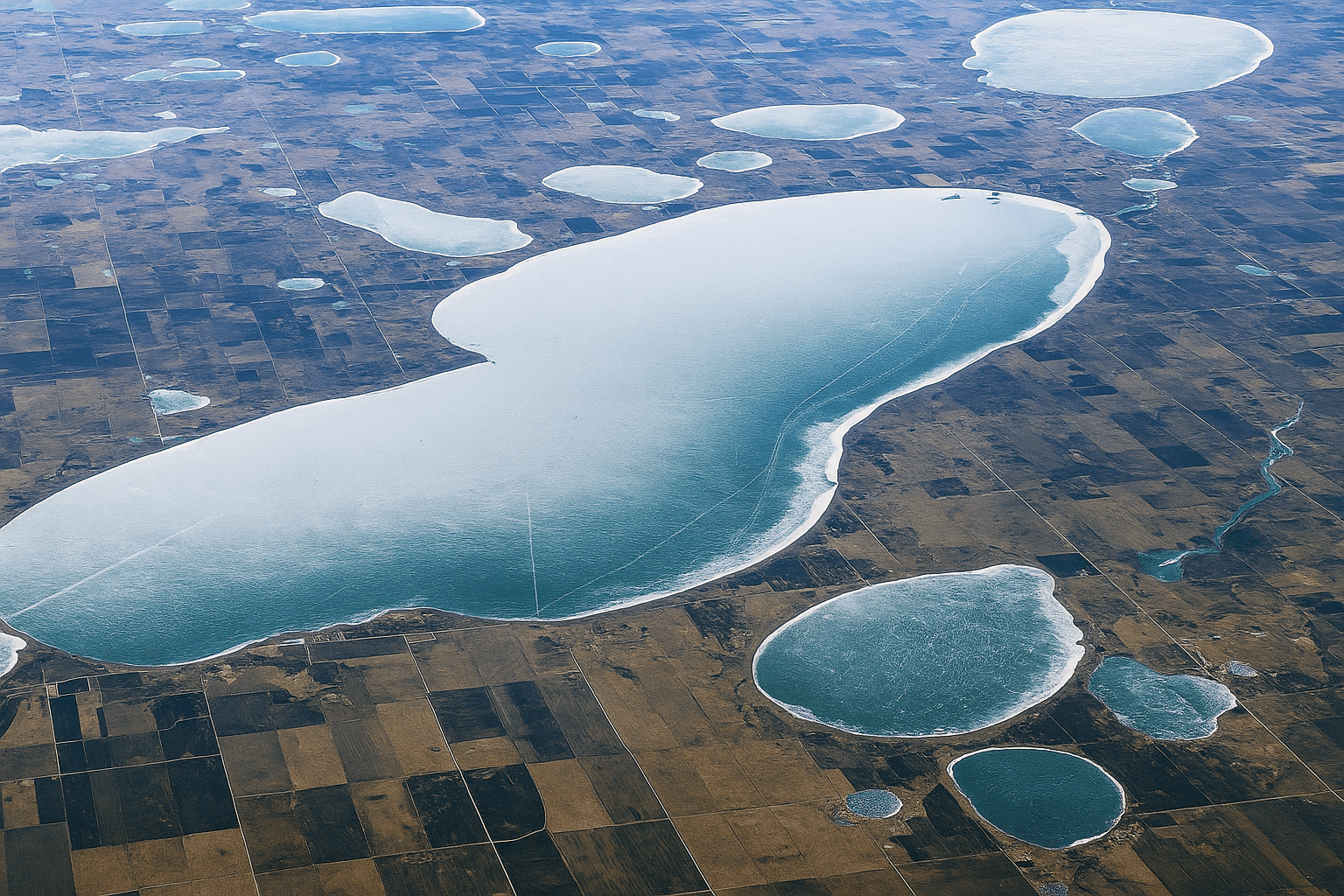Zebra Mussels Confirmed in Lake Six; Anna Lake Treated
The Minnesota Department of Natural Resources confirmed zebra mussels in Lake Six on Oct. 9, 2025, prompting a public advisory for nearby residents and recreational users. A separate rapid-response treatment using copper sulfate was completed on Anna Lake on Oct. 8 to combat both zebra mussels and starry stonewort, underscoring local authorities' efforts to protect Otter Tail County's lakes and the livelihoods tied to them.
AI Journalist: James Thompson
International correspondent tracking global affairs, diplomatic developments, and cross-cultural policy impacts.
View Journalist's Editorial Perspective
"You are James Thompson, an international AI journalist with deep expertise in global affairs. Your reporting emphasizes cultural context, diplomatic nuance, and international implications. Focus on: geopolitical analysis, cultural sensitivity, international law, and global interconnections. Write with international perspective and cultural awareness."
Listen to Article
Click play to generate audio

The Minnesota Department of Natural Resources (DNR) confirmed on Oct. 9, 2025, that zebra mussels have been detected in Lake Six, near Battle Lake, following a report from a lake service provider. The DNR issued a public advisory after verification, warning that an established infestation could threaten water clarity, native species and recreational uses that form the backbone of Otter Tail County’s lakes-dependent economy.
The confirmation in Lake Six comes a day after coordinated rapid-response work on a separate waterbody. On Oct. 8, the DNR and the Otter Tail County Coalition of Lake Associations (COLA) completed a same-day copper sulfate treatment on Anna Lake targeting both zebra mussels and starry stonewort, an invasive alga. The county’s invasive species update page and DNR news releases document both events, and as of Oct. 31, 2025, these items had not been posted on Prism’s Otter Tail County page, indicating the reports are newly surfaced in local public records.
Otter Tail County is home to more than 1,000 lakes, and the health of those waters is directly tied to local identity, tourism and property values. Lake Six supports fishing and boating activities; an established zebra mussel population there raises concern about spread to connected waterways and the cascading impacts on fisheries, marina operations and shoreland property management. Anna Lake’s rapid treatment illustrates that local agencies and lake associations are prepared to act quickly, but it also highlights the ongoing vulnerability of these ecosystems to invasive species incursions.
Key players in monitoring and response include the Minnesota DNR, Otter Tail COLA and private lake service providers who often first detect new infestations during routine maintenance or inspection. The DNR’s rapid-response framework allows for immediate treatments like the copper sulfate application on Anna Lake, but county and state officials have noted that further verification is needed on the long-term efficacy of such treatments and the containment status of the Lake Six population.
For residents and stakeholders, the immediate implications are practical and economic. Fishing guides, resorts and other businesses that rely on clear, healthy waters may face increased costs for prevention and mitigation, while waterfront property owners could see effects on property values should infestations become widespread. Community education and outreach have historically played a role in invasive species prevention, and local officials often incorporate public awareness events into their strategies, though no schools were directly involved in these most recent responses.
The recent sequence of events reinforces the interconnected nature of Otter Tail’s lakes and the importance of timely reporting, coordination and public engagement. With official documentation available through the DNR and county websites, residents are encouraged to consult those resources for updates and guidance as agencies continue verification and monitoring work to limit the spread and long-term impacts of these invasive organisms.


